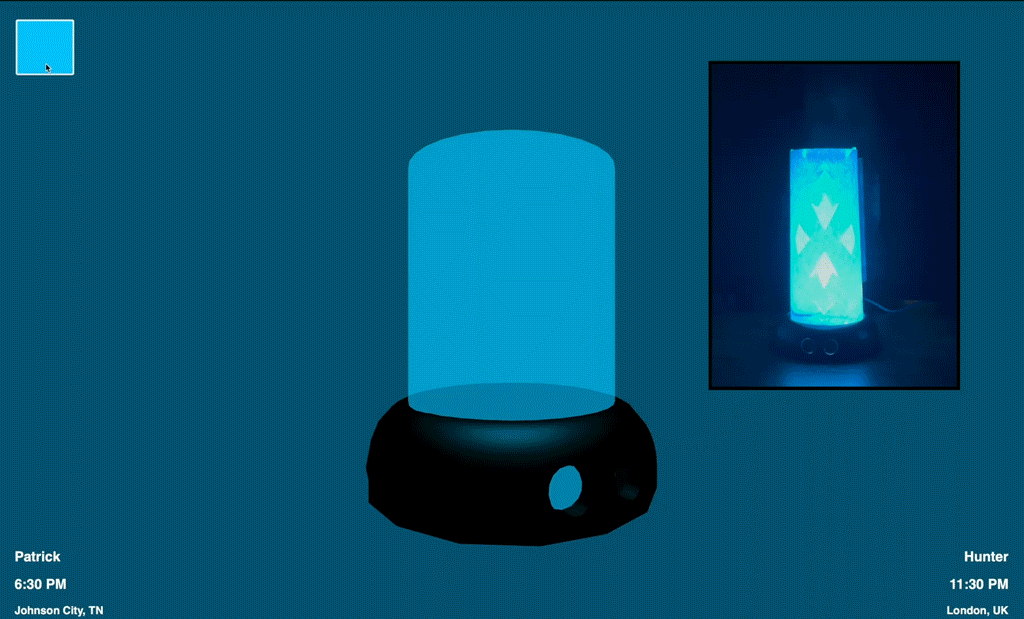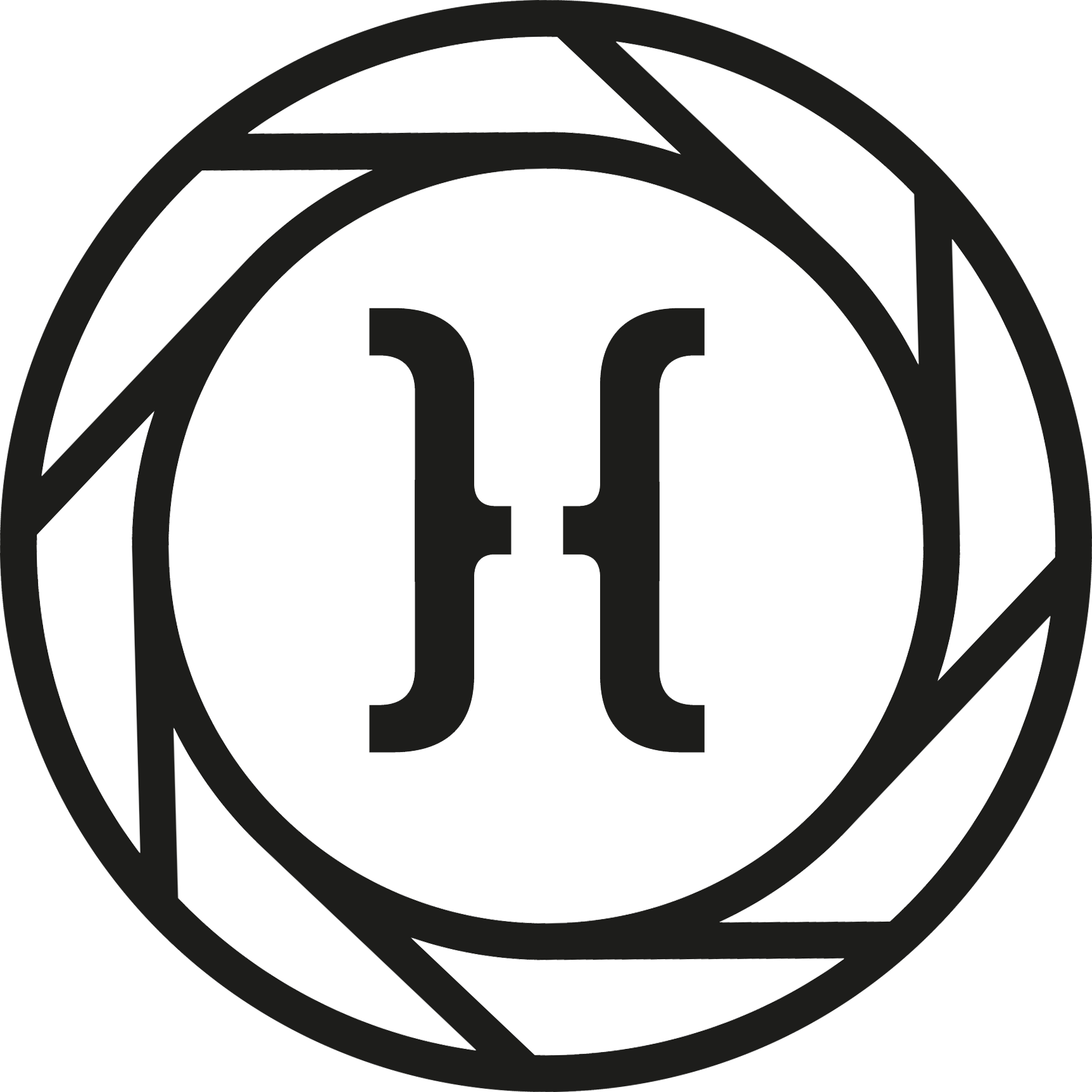The Long Distance Lamp
A lamp designed for a pair of friends, family members, or lovers who are separated by distance
(or global pandemics preventing them from seeing each other).

My Role
This project was a fully remote, international collaborative partnership during the lockdown of the COVID-19 pandemic. I designed and fabricated the physical lamps using CAD and a 3D printer. I put together the circuitry and hardware tech. My partner was a gifted programmer, so I provided the structure of the web app through HTML and CSS for him to add the Javascript. I made the video at the bottom of this webpage which is 50% a project explanation and 50% an advertisement for the product
Product
Users can choose any color to send to their partner’s lamp, wherever they are in the world by connecting to Wi-Fi. The two lamps are also paired together through motion-activation. For example, when your partner gets home, your lamp will light up for you to feel the presence of your partner.

People were missing a feeling of connection with others in the midst of the pandemic. After a few interviews, I found that people felt less comfortable expressing themselves to others outright. Feeling overcome with negative emotions and fear made it harder to talk about how someone really feels. During the interviews, people gave more profound answers to how they were feeling when prompted to play a song or choose a color that correlated to how they were feeling in that moment. Applying this idea to our product, we have a practical and beautiful lamp that allows people to casually express how they are feeling to their partner without having to be uncomfortably direct.

Process
While my partner was in the US, I was in the Czech Republic. The time difference forced me to adapt to working late at night throughout the semester. Still, through thorough project management and an open line of communication, progress went on at a good pace. Being in the Czech Republic, I did not have access to a lot of resources (like 3D printers and electrical hardware), so I articulated the plans for the 3D model and the electrical circuitry as vividly and as quickly as possible. This way, I could give my partner as much direction and time as possible to make the prints and put together the circuitry.
Key Takeaways
A dedicated team can bring a project to a fruitful fruition no matter how scattered they may be around the world. Open lines of communication are very important to keep up momentum. On that note, when progress is not being made and teammates are not talking to each other, it can be very easy to lose track of time. This is why the most important lesson I learned is that I need to join/hire people that are excited and driven to work when engaging in remote collaboration. Reliability and trust is key because communication and accountability are more difficult to keep in check.
I had really exercised empathy with the user throughout this project. While we could not manage to get prototypes in the hands of viable users due to the pandemic, I still carried out interviews that gave me the insight I needed to give the project a sound direction. Tracking down and talking to actual long distance couples and separated families revealed themes of need that we could deliver on.
Hunter Allen-Bonney | Product Manager

